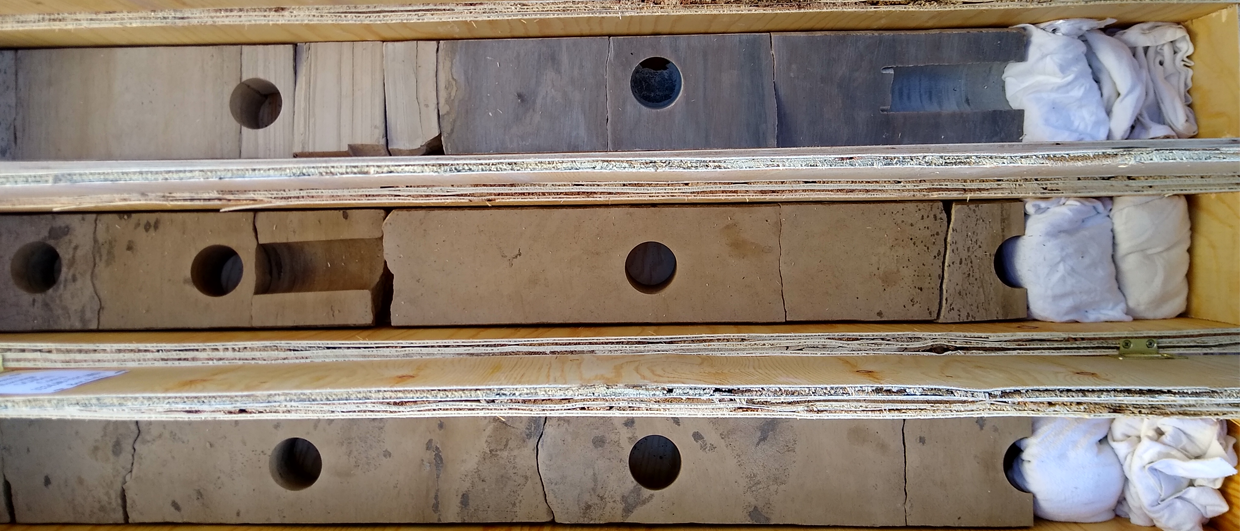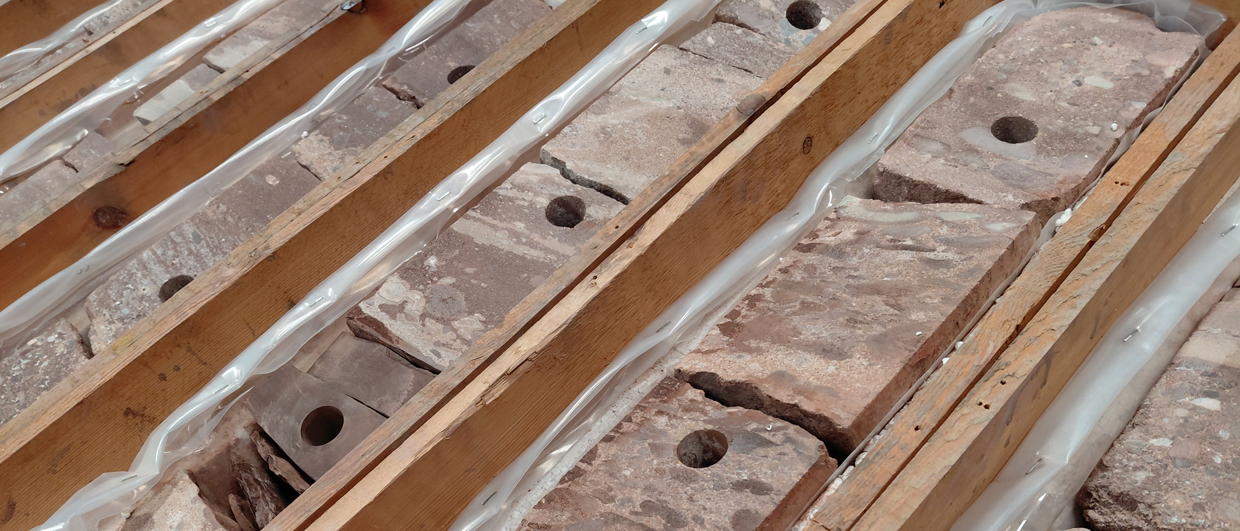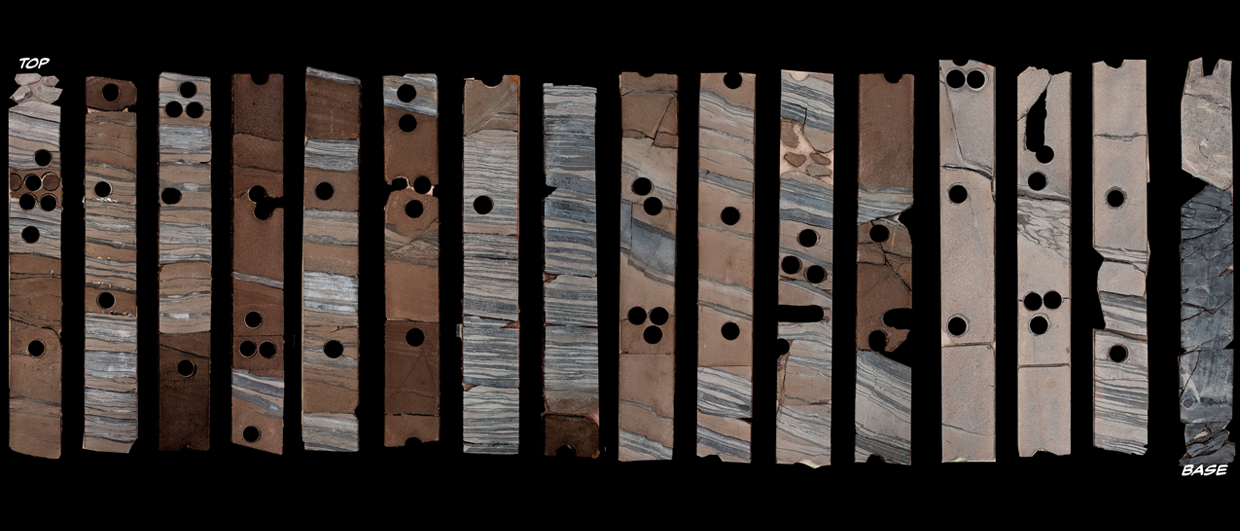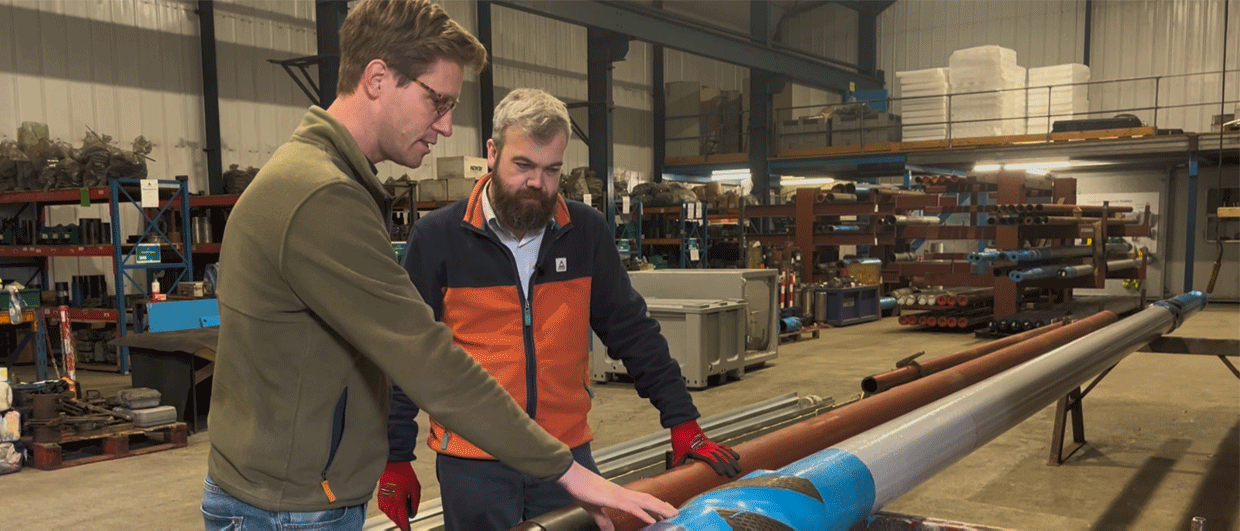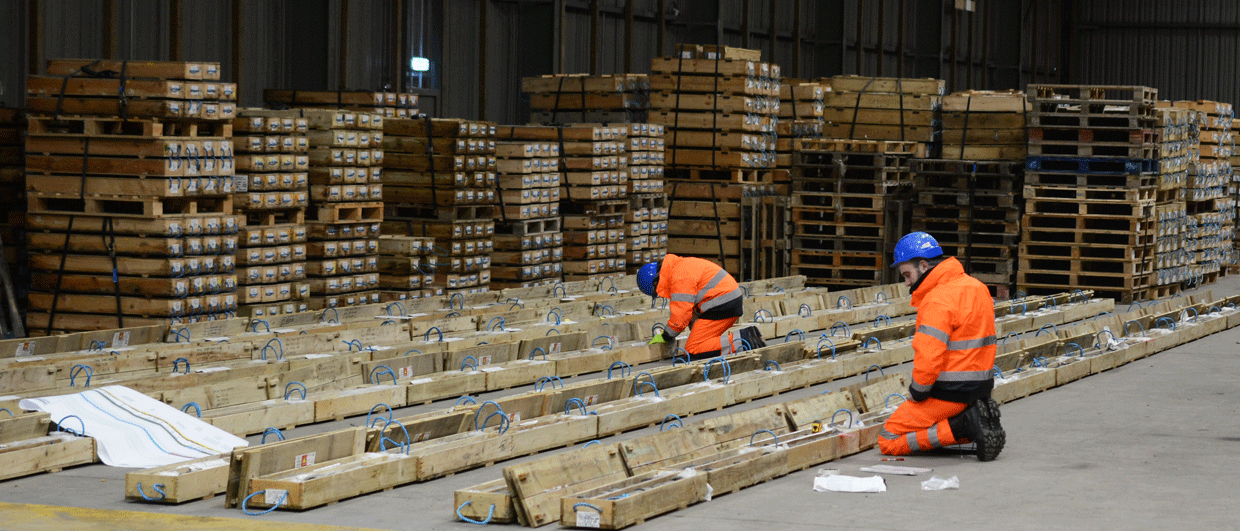Issue 3 came very close to the wire, and it was a marathon! Most people expect this magazine to appear at regular two-months intervals, but our agenda is very much governed by the events we attend, and these cluster in certain periods of the year. For that reason, we only had six weeks to put together this record-breaking edition, with more than 110 pages. And knowing that it sometimes takes a month to only arrange an interview, let alone waiting on approvals, it is easy to see why six weeks is not that long.
What does all of this have to do with our core feature? Well, I’ve got two jobs. I also collect core, mostly from the North Sea. It’s core that is discarded by the industry as soon as fields are decommissioned, or from exploration wells that were cored but turned out dry.
In that capacity, I recently had the opportunity to take delivery of a core from Libya. That doesn’t happen every day. The cores had been sent to Scotland for special core analysis, but were apparently never claimed back by the operator. As such, they were sitting in a warehouse for years, until the space was needed and the owners called me to come to the rescue. And that’s why these cores are now ours.
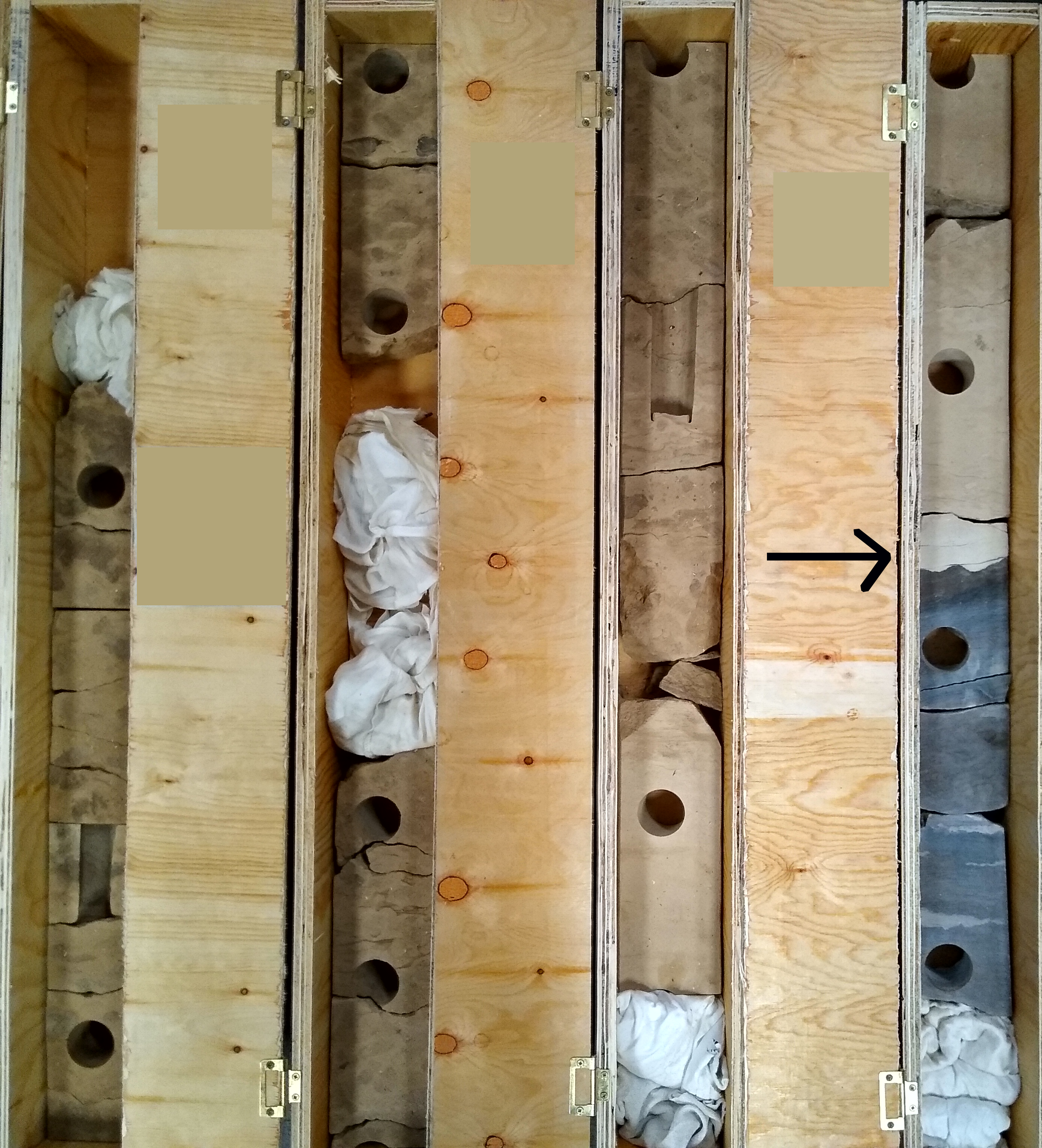
And being an editor at the same time, knowing how difficult it can be to have some core images released from places that do not have a nice public repository, I grabbed this opportunity to feature some of our core by just driving to Reservoir Group, where we have some space to store this material.
Yes, Reservoir Group, the company that cuts cores in many of the world’s highly anticipated exploration wells. Our Libyan core sits in the same warehouse where the core barrels and core bits are waiting to be deployed, going all over the place. Isn’t that nice?
And back then, as the print deadline loomed, I was in the lucky position to just take a photo of a core that I would otherwise not have had access to by any stretch of the imagination. And in the meantime, I also had a nice chat again with Steve Rait, who so kindly offered us some storage room on his site about a year ago.
And finally, what is shown here? Eocene anhydrites and carbonates from the Hon Formation in the western part of the Sirte Basin in Libya. The best part of the succession is the undulating transition between gypsum – now anhydrite – deposited under hypersaline conditions (black arrow in photo), to an interval of carbonates, deposited during times of slight sea-level rise that allowed deposition mainly of micritic aragonite.

